degree major project 2022
that's the end of my studies in BHSAD. exactly half of the bachelor's degree (1.5 years) I was in uni alone. that's how I had a fun student life. an important stage of my life is over and I want to share my final project.
it was insanely hard. I tried to keep up with everything as I could, but every event that happened knocked me off my feet: a pandemic, studying alone and eventually a war. all this affected my mental state and prevented me from working as productively as I can.
and most importantly, because of disappointment in everything around me, I was also disappointed in myself and my art. a million generated ideas went to the trash can during tantrums.
but, despite all the obstacles during my studies, I found the topics that I want to work with in my diploma. the main references of the visual component of my work were: Japanese kusozu art, images of Christ in classical art, scanogrammes and a photographic tableaux.
I didn't have to look for the main theme of my work - art therapy has always helped me to let the pain go of, so my final project is one big study of personal trauma. the story that had been hitting me with sticks for about a year came together here, finally letting me go.
a few things about the name - the project was originally conceived as a reflection of the stages of adoption. in the intersection with kusozu (the image of the stages of decomposition of a corpse), I called my project “uzosuk” (kusozu reversed).
to be honest, a very large part of my work came out completely different from as it was intended, for certain reasons that I could not influence in any way. which suddenly, at the very end of the course, drove me into a tight frame.
I'm already coming to the denouement. at the end of the year, the planned physical exhibition was forcibly canceled and retrained into a digital one. since that moment, 3 items have become the components of my work - a video, a photobook and a 3D model of the installation.
3Д-model
the product of the rebirth of a physical installation into the digital world.
Askar Idrisov created the model. sleepless nights working in a completely new medium worth it!
wait for the nft. joke (?)
video
May 7. me and my friends and, concurrently, a wonderful team, collected all the elements of my installation and left for the dacha.
hearing the clink of bottles and the smell of kebabs, we were preparing for filming: sawing plywood, staplering prints, planned time and stocked up on the necessary props.
on the night of May 8-9, the fun began: three cars went to the location in the field and for 4 hours, knuckles knocking from the cold, we built a construction.
at dawn, this creation of common labor was destroyed in every possible way.
why? you ask. or don't ask. but I will answer anyway.
in a protest of the boycott of art. out of desperation. as an attempt to let go of the negativity associated with this project. as another symbol of death and rebirth. you can also add your own version.
in a word, it was fun.
hearing the clink of bottles and the smell of kebabs, we were preparing for filming: sawing plywood, staplering prints, planned time and stocked up on the necessary props.
on the night of May 8-9, the fun began: three cars went to the location in the field and for 4 hours, knuckles knocking from the cold, we built a construction.
at dawn, this creation of common labor was destroyed in every possible way.
why? you ask. or don't ask. but I will answer anyway.
in a protest of the boycott of art. out of desperation. as an attempt to let go of the negativity associated with this project. as another symbol of death and rebirth. you can also add your own version.
in a word, it was fun.
photobook
there's something super personal here. notes written by me during a period of despair, backed up by a visual series consisting of scanogrammes.
I don't see the point in writing longreads about this book. it's necessary to look.
- 240x240mm format (without cover)
- 42 pages
- FlexBind SATIN 216g paper
- 180 degree disclosure
- digital printing
- hardcover grey designer paper
- flyleafs - black designer paper
first edition - 5 copies.
sold out.
I don't see the point in writing longreads about this book. it's necessary to look.
- 240x240mm format (without cover)
- 42 pages
- FlexBind SATIN 216g paper
- 180 degree disclosure
- digital printing
- hardcover grey designer paper
- flyleafs - black designer paper
first edition - 5 copies.
sold out.
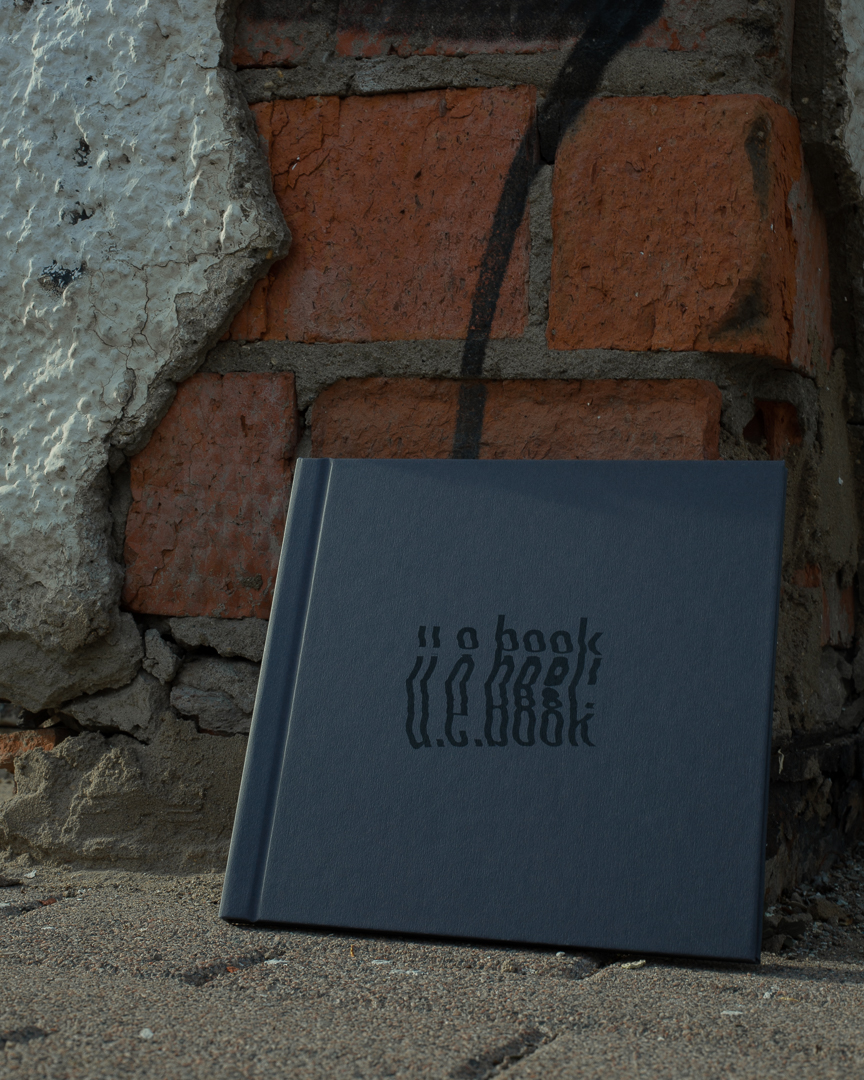


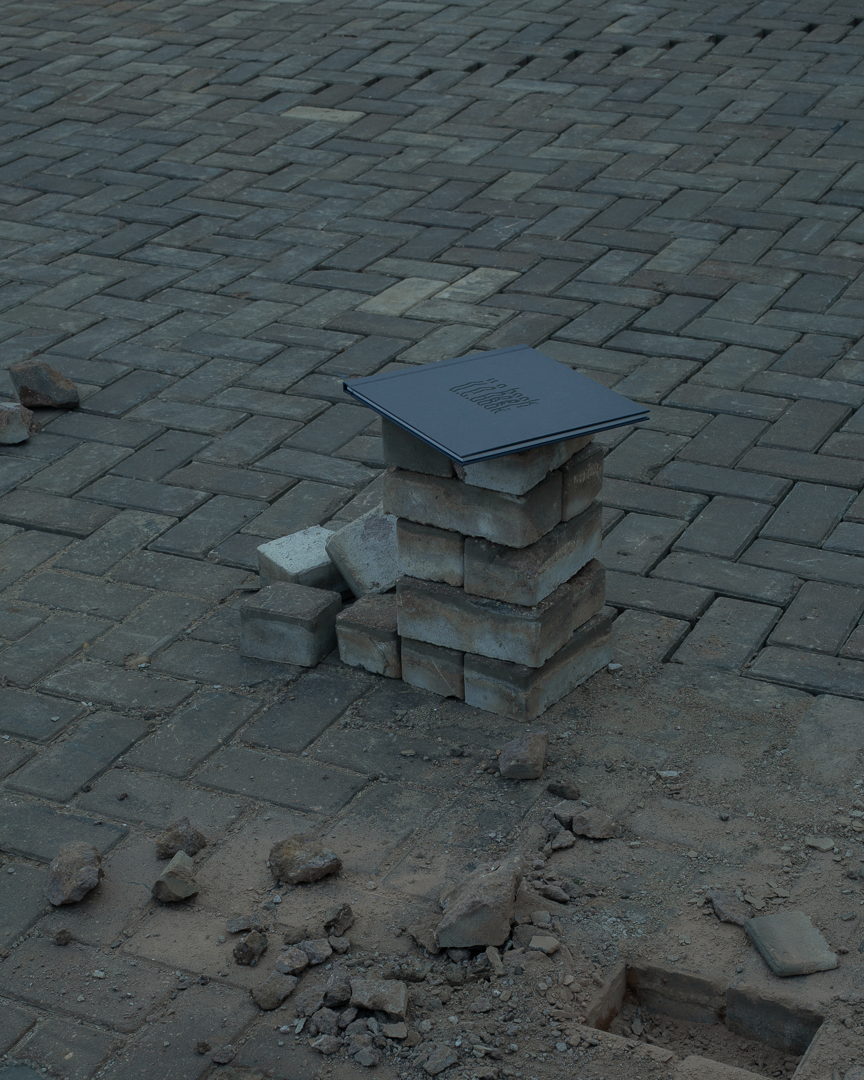

kusozu
such genre as ”Kusozu", which existed in Japan from the 13th to the 19th century, still causes rejection among many people outside Japan. Kusozu traditionally depicts 9 stages of decomposition of the body. this kind of painting was invented by Buddhist monks, whose teaching says that death is one of the components of meditation. this is the "greatest of teachers" who teaches monks modesty and the rejection of pride, destroys social, racial and class barriers and once again emphasizes the shortness of earthly life. art researchers believe that by creating this type of painting, the monks solved two tasks at once: to show the impermanence of the human body and to save their colleagues from temptation at the sight of the female body (an important part of Buddhist philosophy was the rejection of sexual desire). gradually, the decomposing body became an object of meditation, an additional form of spiritual therapy for Buddhist monks.
this kind of art took an important place in the project. references to it can be seen in the installation: a body resembling a corpse is assembled piece by piece, as if it was decomposed body parts.
this kind of art took an important place in the project. references to it can be seen in the installation: a body resembling a corpse is assembled piece by piece, as if it was decomposed body parts.

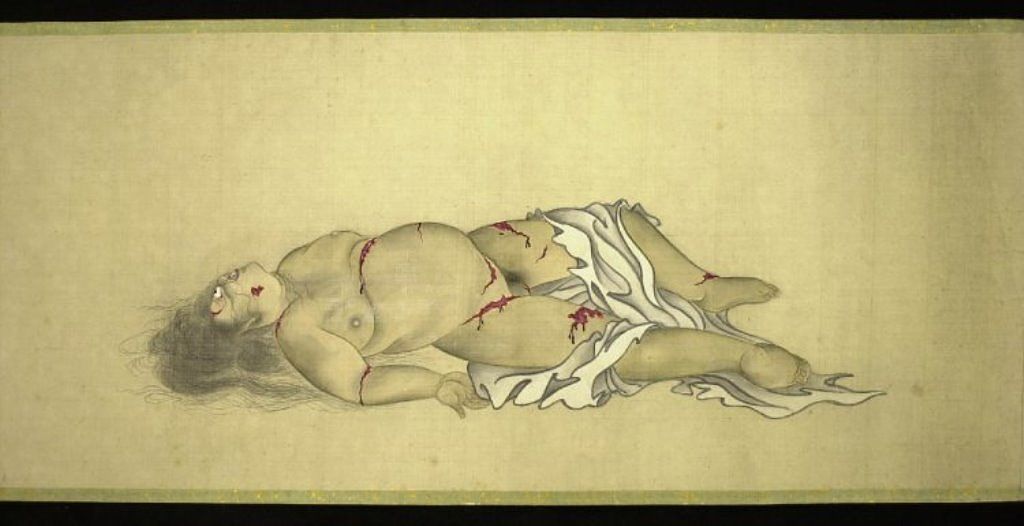

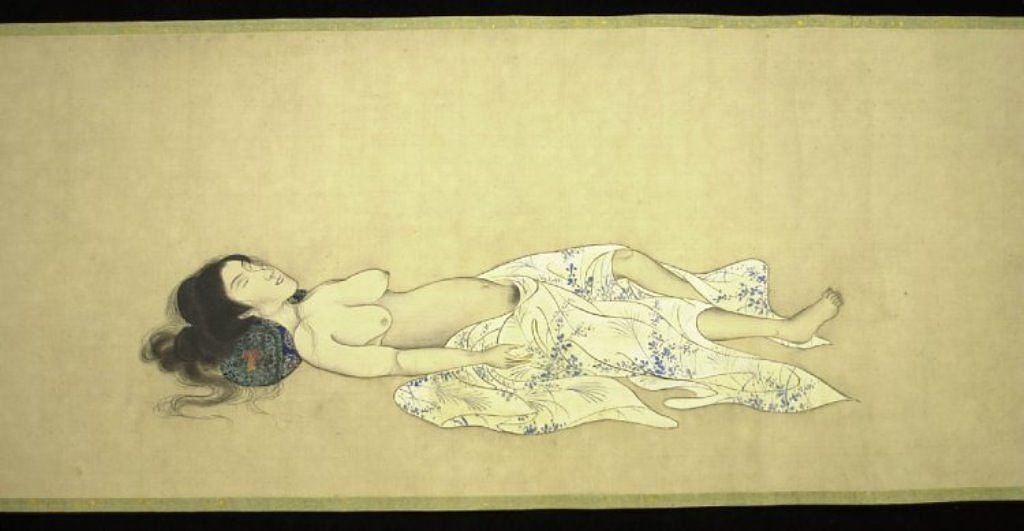
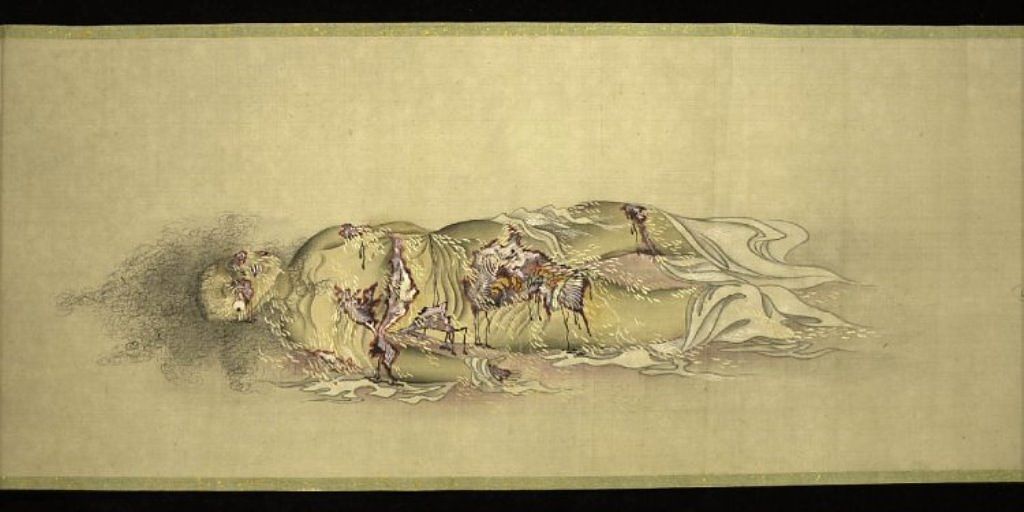

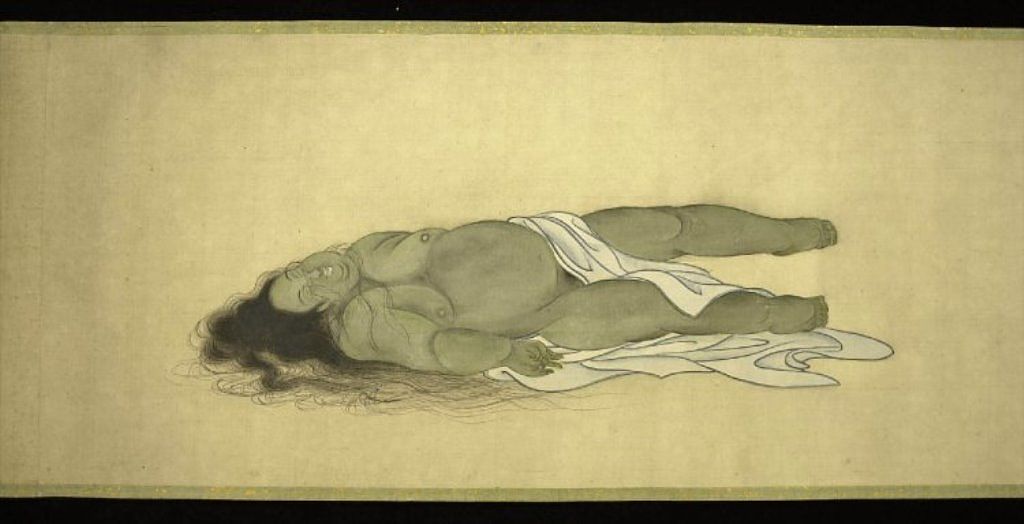
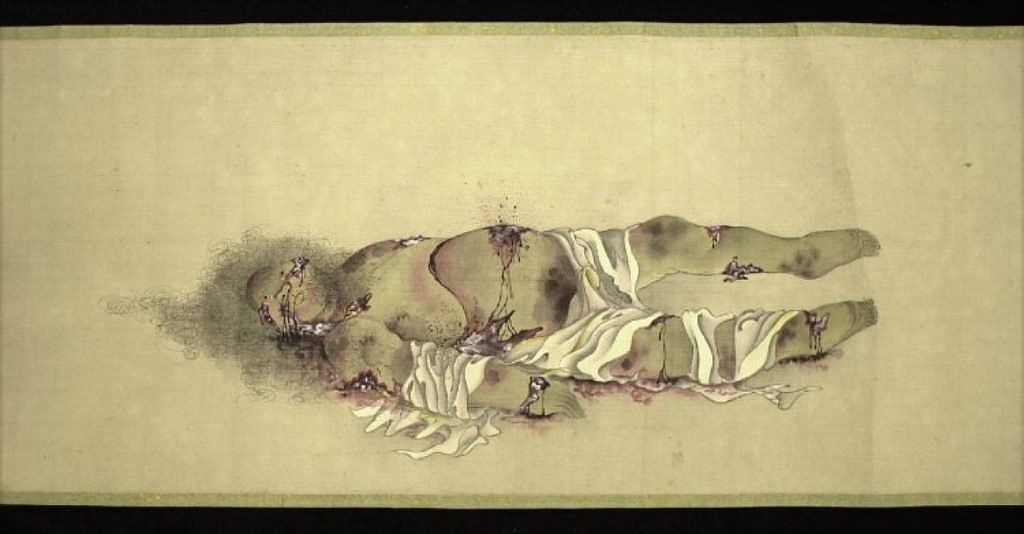
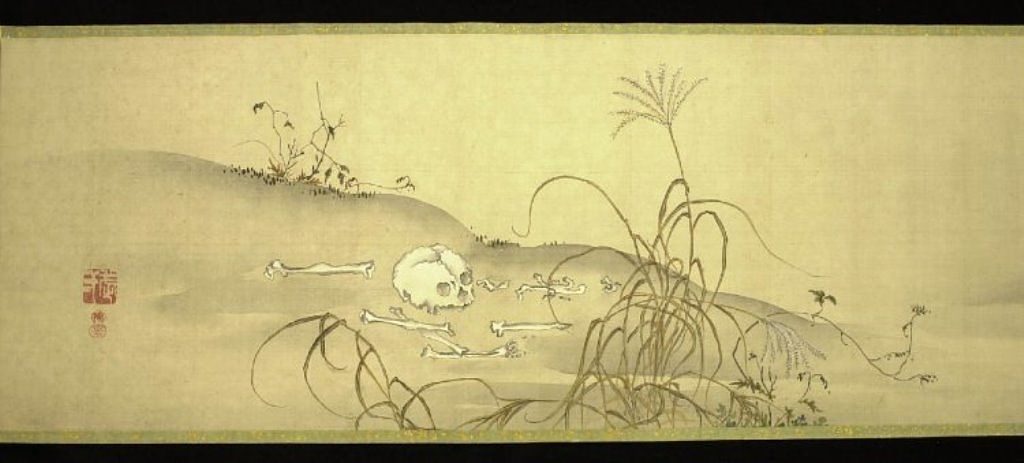
images of Christ in art
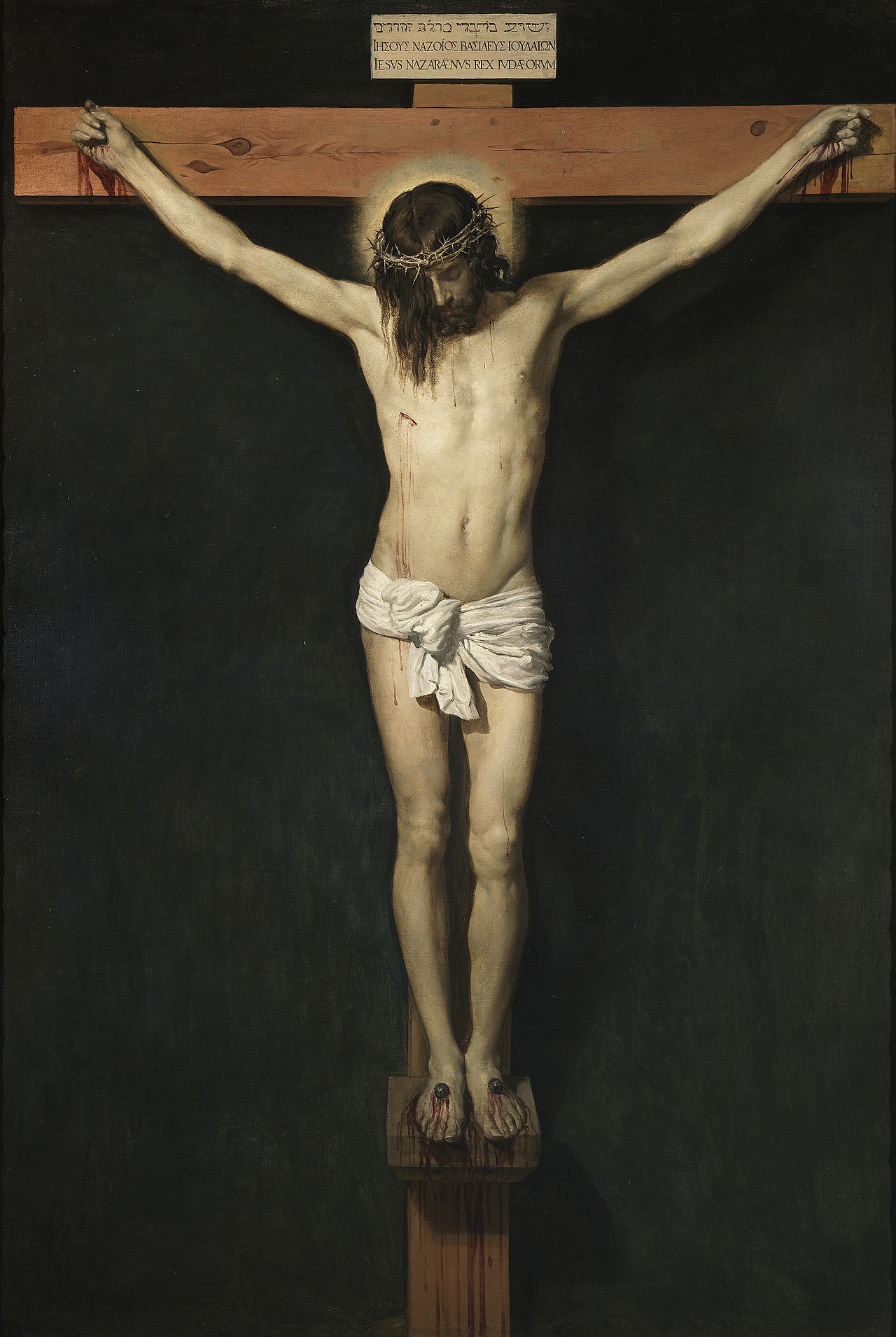
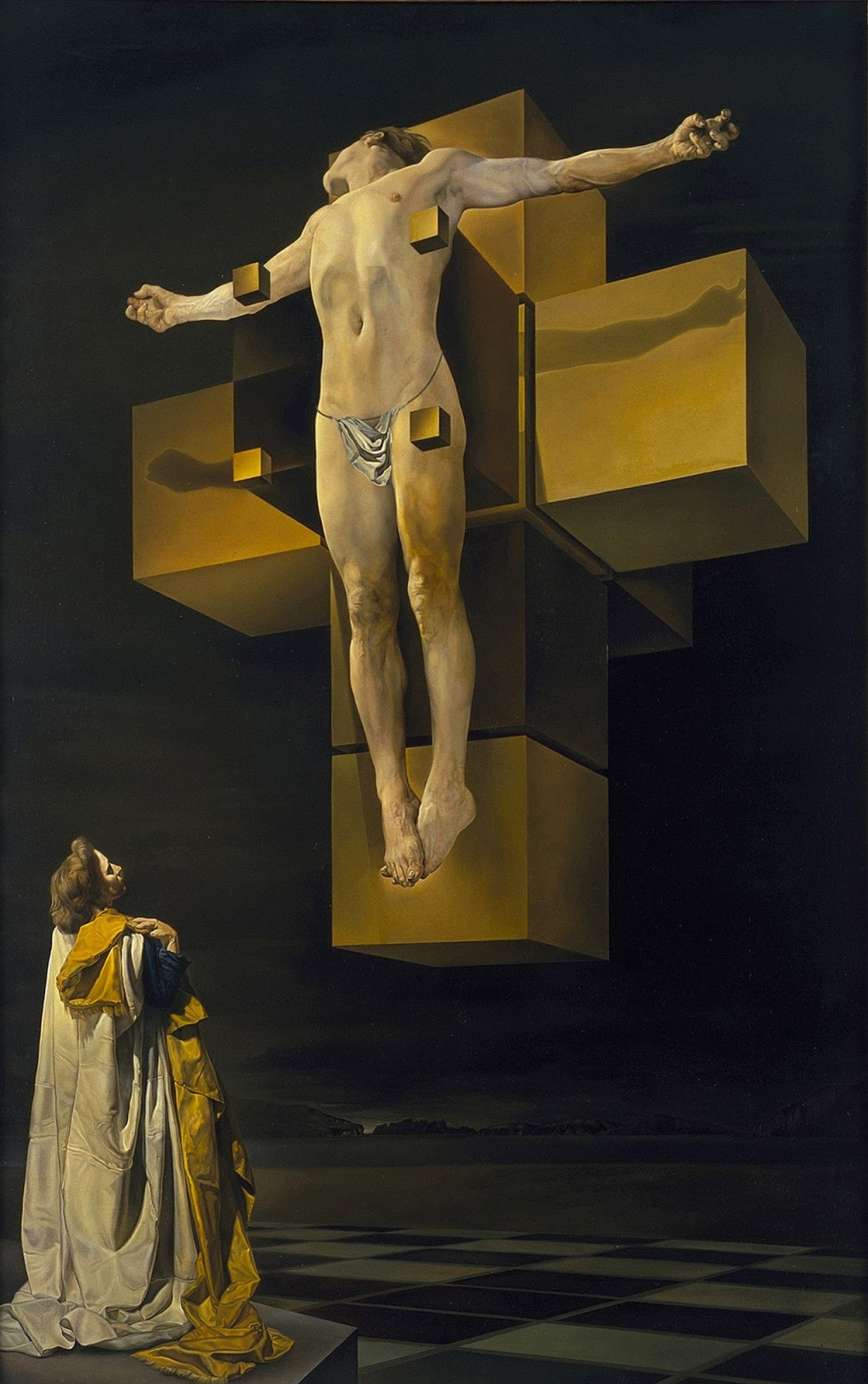
Diego Velazques, “Christ crucufied”
17 century, 248х269 см
17 century, 248х269 см
Salvador Dali, “Crucifixion (Corpus Hypercubicus)”
1954, 195×124 см
1954, 195×124 см
scanogrammes
scanned and subsequently processed digitally images that occupy an intermediate place between photography and an illustration. the basic idea is that the subjects are placed directly on the glass panel of the scanner and scanned in the same way as ordinary documents or drawings. the image obtained by scanning is called a scanogram.
the art originated in the 1960s and was originally called xerography. at the moment, it has gone down in history and causes delight among people, creating the impression of something completely new.
the art originated in the 1960s and was originally called xerography. at the moment, it has gone down in history and causes delight among people, creating the impression of something completely new.
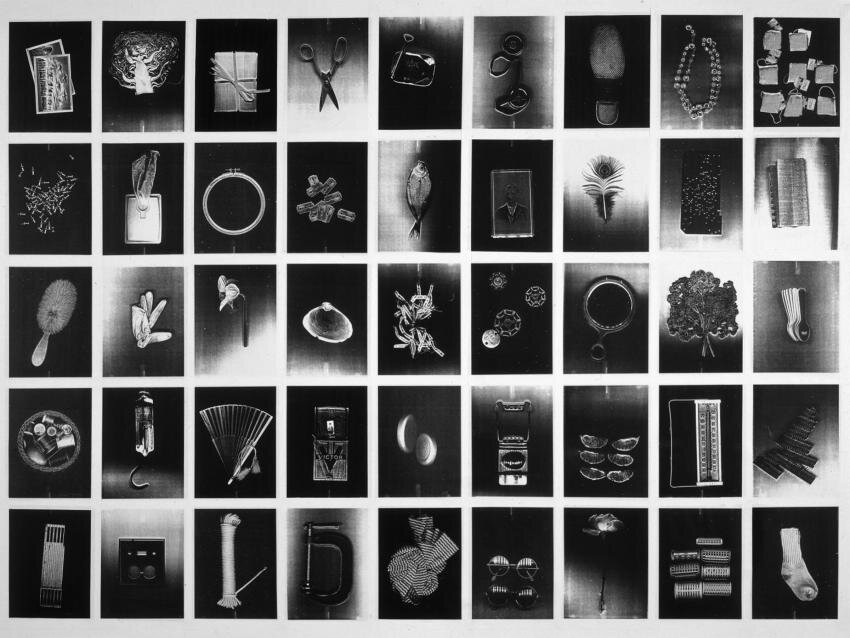
dear friend!
if you are here, I suppose, it was interesting for you. that’s why here I attach another file, connected with my final degree project - final essay. thank you for interest!
